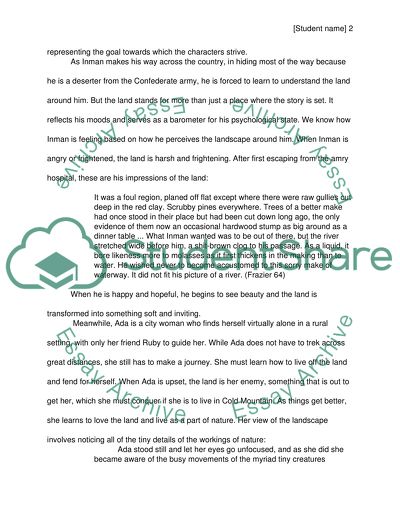Cite this document
(“Landscape in Angelas Ashes and Cold Mountain Book Report/Review”, n.d.)
Landscape in Angelas Ashes and Cold Mountain Book Report/Review. Retrieved from https://studentshare.org/literature/1409995-second-essay-assignment
Landscape in Angelas Ashes and Cold Mountain Book Report/Review. Retrieved from https://studentshare.org/literature/1409995-second-essay-assignment
(Landscape in Angelas Ashes and Cold Mountain Book Report/Review)
Landscape in Angelas Ashes and Cold Mountain Book Report/Review. https://studentshare.org/literature/1409995-second-essay-assignment.
Landscape in Angelas Ashes and Cold Mountain Book Report/Review. https://studentshare.org/literature/1409995-second-essay-assignment.
“Landscape in Angelas Ashes and Cold Mountain Book Report/Review”, n.d. https://studentshare.org/literature/1409995-second-essay-assignment.


